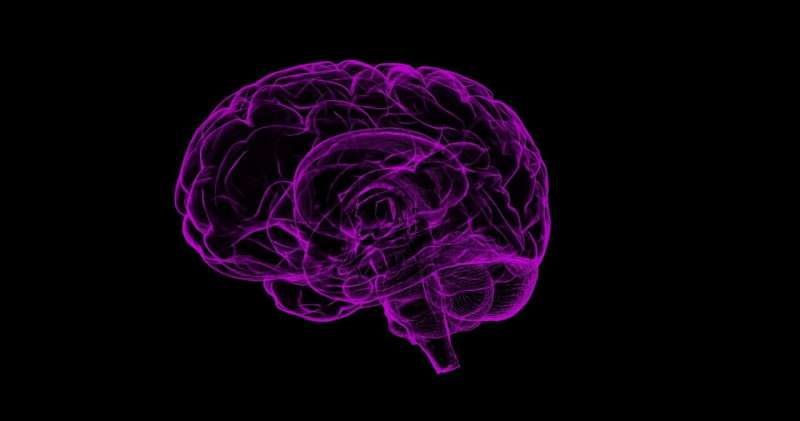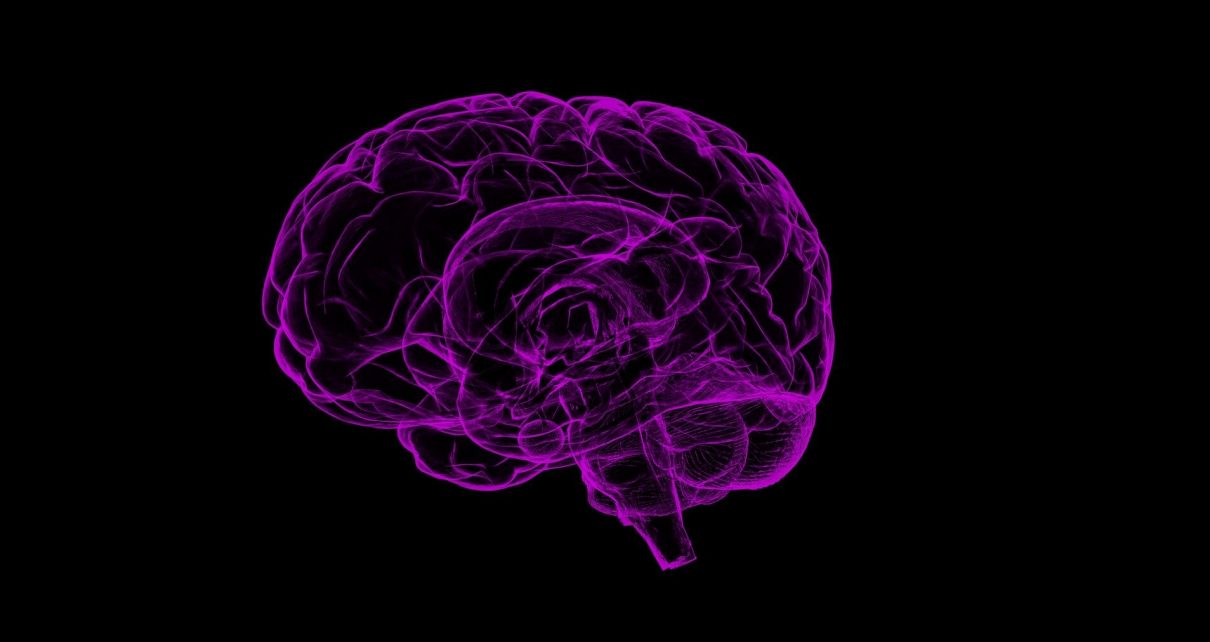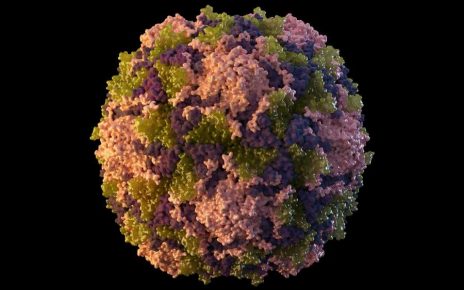
Researchers from the School of Biomedical Engineering & Imaging Sciences have developed a new machine learning tool that analyses brain MRIs and predicts the age of a brain compared to the rest of the population. Essentially a screening tool, it automatically detects older-appearing brains in real-time using routine clinical scans.
Published in Neuroimage, the research shows that as part of a natural process, brains lose volume with age and as long as the volume loss is appropriate for the patient’s age, the new tool will predict the correct age of the patient.
But if a patient has a brain which is diseased and has lost a disproportionate amount of volume, such as in dementia, the tool will show the mismatch between the real age and the predicted age thereby alerting clinicians to this important discrepancy and flag that the brain is abnormal for age.
“We have shown it is possible to close that gap from point of scan to expert review, if the center is lucky enough to have experts, by automating that process.”
Using a deep learning based neuroradiology report classifier, the researchers generated a dataset of 23, 302 ‘radiologically normal for age’ head MRI examinations from two large UK hospitals, namely, Guy’s and St Thomas’ NHS Foundation Trust and King’s College Hospital using the pre-existing neuroradiology reports.
Then using an unusual approach whereby there is very little computational pre-processing of the scans, they applied another deep learning image algorithm to the large dataset of normal scans.
Further experiments used a variety of normal scan types from a third institute as well as an open-source dataset.
Their final model was tested using scans with a disproportionate amount of brain volume loss and then scrutinized their model findings by building heatmaps of the parts of the scans which the model predicted there was a disproportionate amount of brain volume loss.
First author Dr David Wood, researcher at the School of Biomedical Engineering and Imaging Sciences, said a key aspect of this study was the use of a large, clinically-representative dataset for model training.
The researchers say this framework could have important implications for patient care, drug development, and optimizing MRI data collection.
“Currently abnormal older-appearing brains are detected sometime after the scan at the time of reporting. The most accurate reports will be in centers where there are neuroradiologists however few centers have neuroradiologists,” Dr Booth said.
“Automatically detecting volume loss in real time helps screen for the common problem of neurodegeneration during scans obtained for all reasons. A subsequent diagnosis of, for example early-stage Alzheimer’s disease, could potentially improve patient care through implementing early medical and social interventions. Similarly, patients could potentially be recruited into drug trials at an earlier stage.”
Source: Read Full Article



